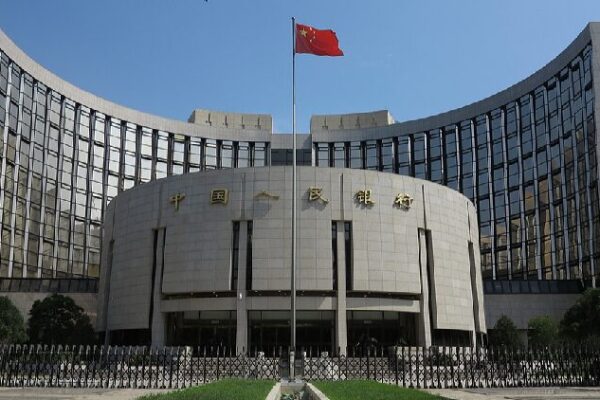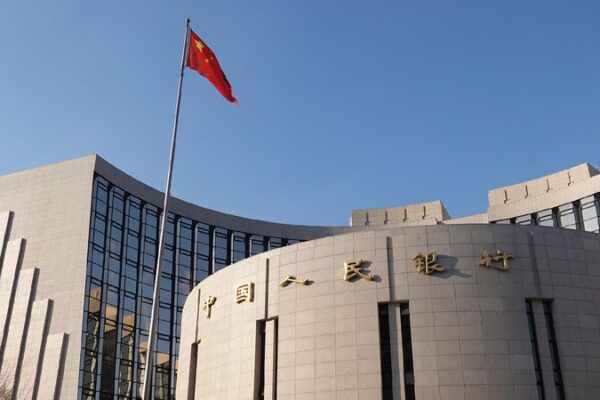China’s November Economic Data Signals Opportunities Amid Challenges
China’s latest economic data from November offers a mix of challenges and opportunities as the country looks ahead to the coming year. The figures provide insight into the strengths and weaknesses of the world’s second-largest economy and hint at how government policies might shape future growth.
Savings and Lending Trends
Total savings deposits in financial institutions grew by 6.9% in the first 11 months of the year, a slowdown from 12.4% in the same period last year. Household and corporate deposits also saw reduced growth. Interestingly, the seven-day weighted-average interest rate, a key indicator of market interest levels, dropped from 2.27% to 1.78%. This suggests that relaxed monetary policies are encouraging funds to move from banks into the real economy, potentially boosting businesses and investments.
However, there’s a need to delve deeper into the monetary supply. M2 money supply, which includes cash, checking deposits, and easily convertible near money, grew by 7.1%, down from 10% last year. On the other hand, M0, representing cash in circulation, increased by 12.7%, up from 10.4%. Typically, M2 and M0 move together, so this divergence might indicate a weaker ability to generate credit than expected. Supporting this, loan growth slowed to 7.7% from 10.8%, and loans’ share in total social financing decreased.
Investment Highlights
Fixed asset investments grew by 3.3%, slightly down from earlier in the year but up from last year’s 2.9%. There’s encouraging news within specific sectors:
- Primary Sector: Investments in agriculture, forestry, and fishing rose by 2.4%, signaling stronger supply and stable food prices.
- Secondary Sector: Mining, manufacturing, and construction investments increased by 12%, surpassing last year’s 9% growth. Notably, private investment in manufacturing jumped by 11.4% in the first 10 months, highlighting confidence in this sector.
- Tertiary Sector: Services saw a 1% drop in investment, continuing a five-month downward trend.
Property Market Shows Signs of Stabilization
The property market experienced a 14.3% decrease in accumulated sales by floor area in November. However, the rate of decline is slowing, and the price indexes for new and existing homes inched upward. This suggests that recent policy measures are beginning to have a positive effect, and further recovery is anticipated.
Policy Directions and Future Outlook
The Central Economic Work Conference outlined plans for “moderately accommodating” monetary policies and “more proactive” fiscal policies. This shift from previous stances indicates an aim to provide more affordable funding and tax relief to support the real economy. Additionally, the government views the property industry as crucial, promising supportive measures like reducing inventory with local government assistance.
Overall, these developments hint at continued growth and increased vitality in China’s economy in the coming year.
Reference(s):
Opportunities among obstacles borne from China's November data
cgtn.com








